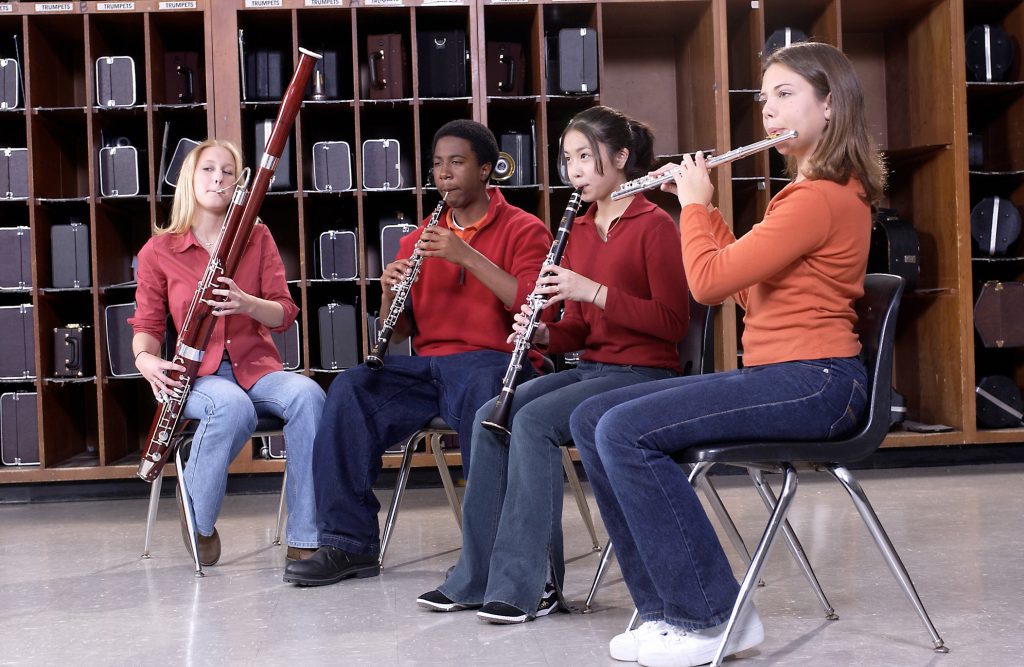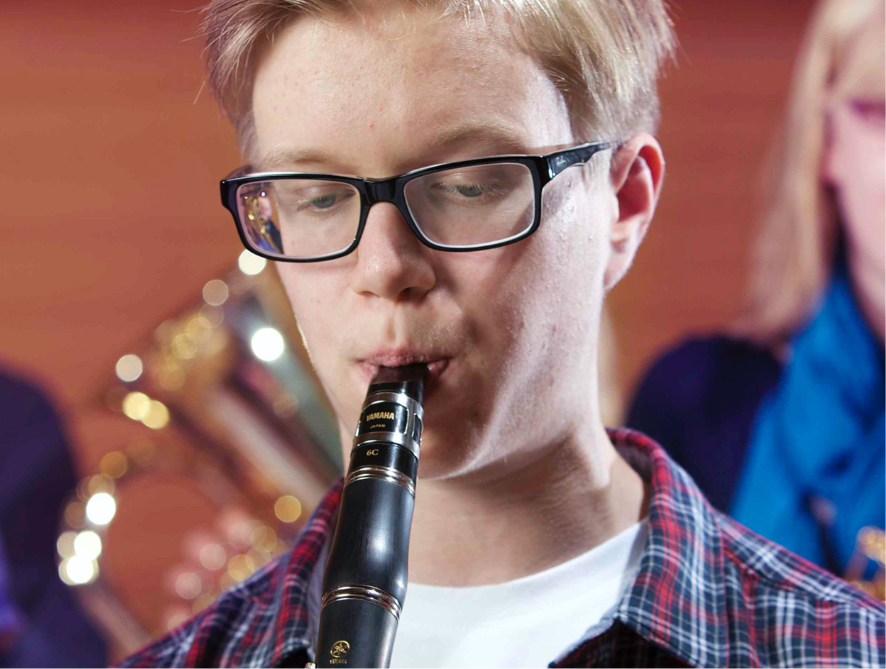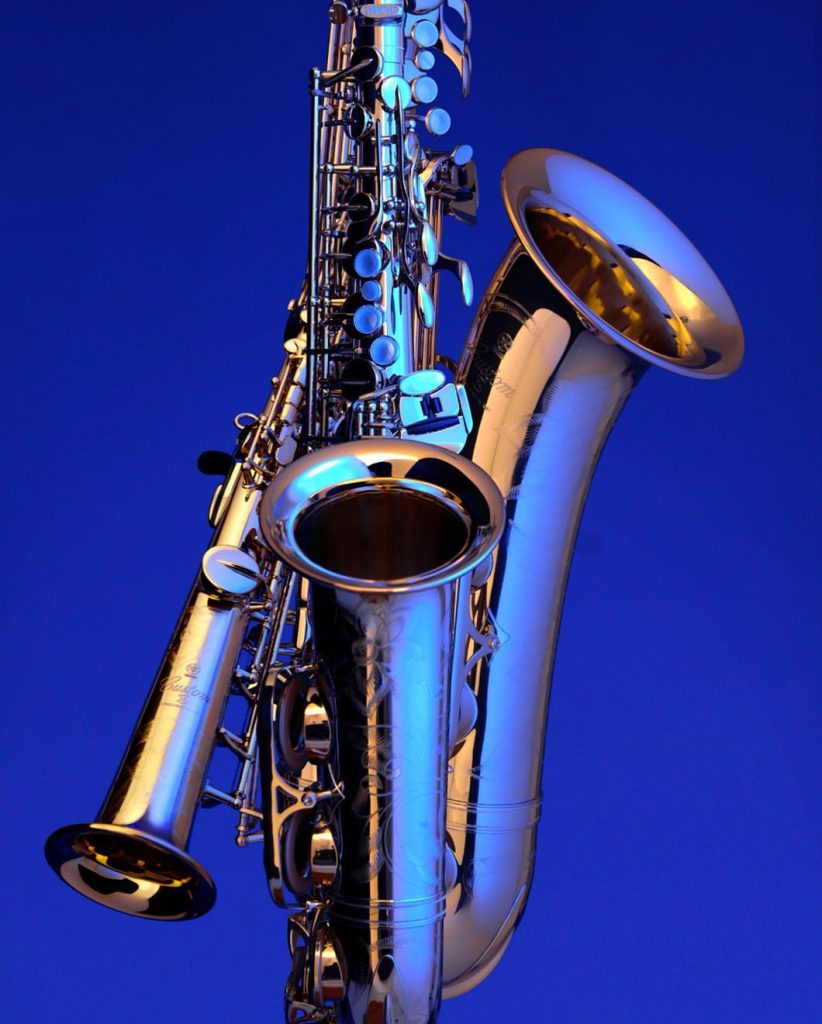Bassoon Basics
The birth of the bassoon … and a few factoids you may not know.
The bassoon is one of the more unusual woodwinds, with a distinctive shape consisting of a long tube that looks as if it has been folded in two. Here are some interesting things you may not know about this intriguing instrument.
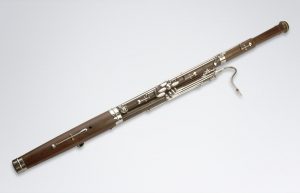
Birth of the Bassoon
The modern bassoon was designed in Germany but its musical ancestors were developed in the 16th century in France and other European countries. All were low-pitched double-reed instruments.
The name “bassoon” derives from the French basson, an instrument that became widely used in orchestras in the latter half of the 17th century. However, the basson had only a few keys and produced a low volume. In addition, it was difficult to tune. Nonetheless, composers such as Ravel, Debussy, Saint-Saëns and Berlioz produced exquisite works in which the basson features prominently.
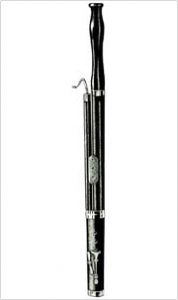
Up until the end of the 18th century, bassoons commonly had just three or four keys. Then bassoons equipped with six or eight keys began to appear. However, the fingering varied depending on the manufacturer, and a standard design had yet to be established. In the first half of the 19th century, German military bandmaster Carl Almenräder began efforts to improve the instrument. He increased the number of keys and made other innovations such as improving the part of the instrument where the tube bends back on itself, known as the “U-tube.” This made the instrument’s pitch easier to control, and at the same time increased its volume. The fruits of these efforts — passed down via musical instrument maker Johann Adam Heckel, who worked with Almenräder — have now come to be known as the German-style (or Heckel-style) bassoon. The overwhelming majority of instruments in use today use that design.
The decline in popularity of the basson and rise of the modern-day bassoon is largely attributed to influential orchestral conductors. During his tenure as conductor of the NBC Symphony Orchestra in the 1930s, Arturo Toscanini promoted the German-style bassoon for its superiority in providing more accurate pitch. When Herbert von Karajan became conductor of the Orchestre de Paris in 1969, he was said to have sometimes made disparaging comments to musicians such as, “Are you still playing the basson?”
Physical Structure
The bassoon is an unusually long instrument, nearly four and a half feet in length. Since the tube of the instrument has a folded shape, it would reach almost twice that if extended to its full length!
At the tip of the instrument is attached a fine metal tube known as a bocal. The bassoonist blows air into the double reed attached to the very end of the bocal. The bore of the bassoon extends from the joint to which the bocal is attached, continues downward before performing a U-turn within the metal part at the instrument’s lowest point, and then leads all the way up to its highest point. At the very top there is an opening called the bell.
The interior of a bassoon, from the bocal to the bell, is a conical tube, the diameter of which steadily widens. The diameter at the very tip of the bocal is around 4 millimeters, while the diameter at the bell is 40 millimeters. Between those two points, the interior of the bore gradually becomes wider.

Note that there is also a type of bassoon with a range one octave lower, known as the contrabassoon.
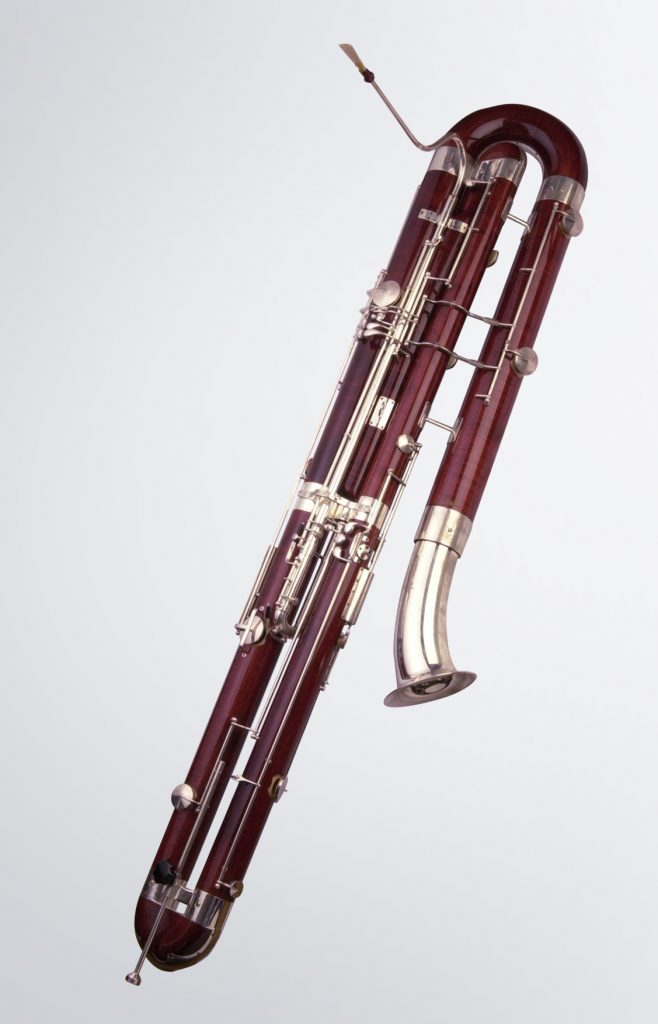
The Differences In Double Reeds
A bassoon is somewhat similar to an oboe in that sound waves are produced as the two parts of a double reed quickly vibrate. However, an oboe reed is attached to a short piece of metal, while a bassoon reed consists solely of the reed itself, and is inserted into the long metal tube of the bocal before being used to produce sound.
Compared to that of the bassoon, the tube, or “bore,” of the basson is smaller, so producing a strong sound is difficult. To counteract this, the reed (which is the part that produces the sound), is made larger.
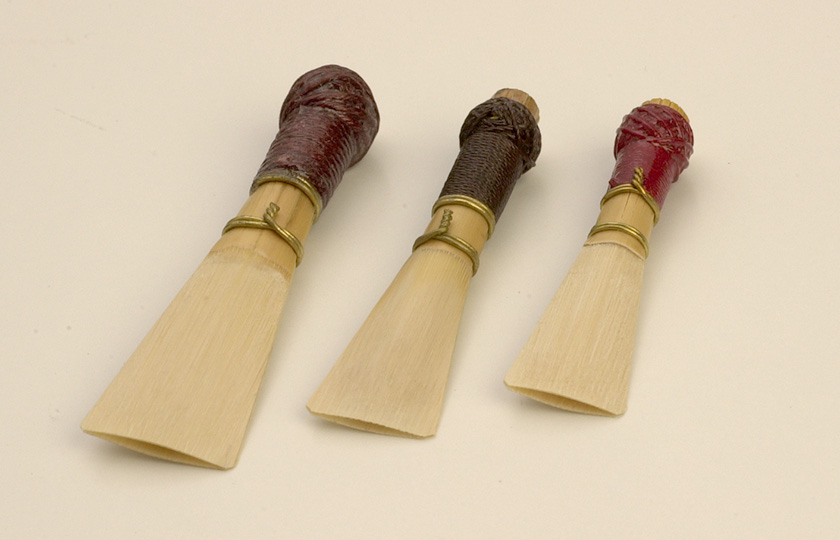
Why Is It Difficult to Hear the Lowest Bassoon Note?
It is often thought that the sound of the bassoon is difficult for bassoonists themselves to hear, since the bell is high up at the top of the instrument. That’s actually not the case. For brass instruments that have no openings through the rest of their structure, the bell is the only place where sound can emerge. However, a woodwind instrument like a bassoon has many tone holes, so sound can escape through any holes that are not being covered at any given time. That said, the very lowest note of a bassoon can be somewhat difficult to hear. That’s because when this note is played, all the tone holes are covered, so the sound does not emerge from the instrument anywhere other than the bell at its top.
Does the Sound of the Bassoon Move?
Since the bassoon is a tall, slender instrument, the positions of the tone holes are comfortably spaced some distance apart over its full length. For this reason, with the very lowest tone coming from the bell alone and the note one tone higher coming from tone holes below the bell, sound emerges from farther down the instrument as the pitch becomes higher. However, after the lowest hole is reached around the tenor joint (the point at which the instrument folds back on itself), the pattern reverses and the pitch instead rises as the tone hole positions climb higher. For those performers who sit in front of the bassoon in an orchestra or small ensemble, this can create the eerie sensation of the sound seeming to move around behind them.
Compare the Sounds
Curious to hear what the bassoon, basson and contrabassoon sound like? Check out these audio clips. The first features a modern bassoon playing the Ode to Joy from Beethoven’s Symphony No. 9, repeated three times, first at a high pitch, then at a middle pitch and finally at a low pitch:
In this second clip, you’ll hear a basson playing an extract from La fille aux cheveux de lin by Debussy:
Lastly, here’s a contrabassoon playing part of Die Forelle by Schubert:
There’s a distinct tonal similarity, but you still should be able to hear a significant difference between the three instruments!
This posting is excerpted from the Yamaha Musical Instrument Guide.
Click here for more information about Yamaha bassoons.












